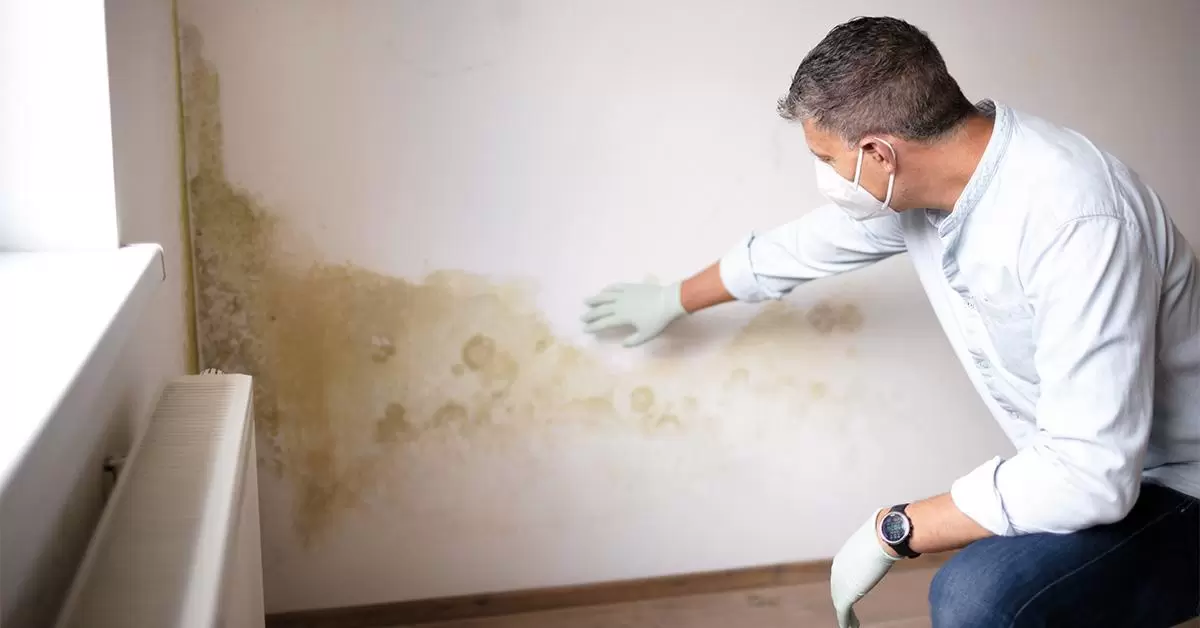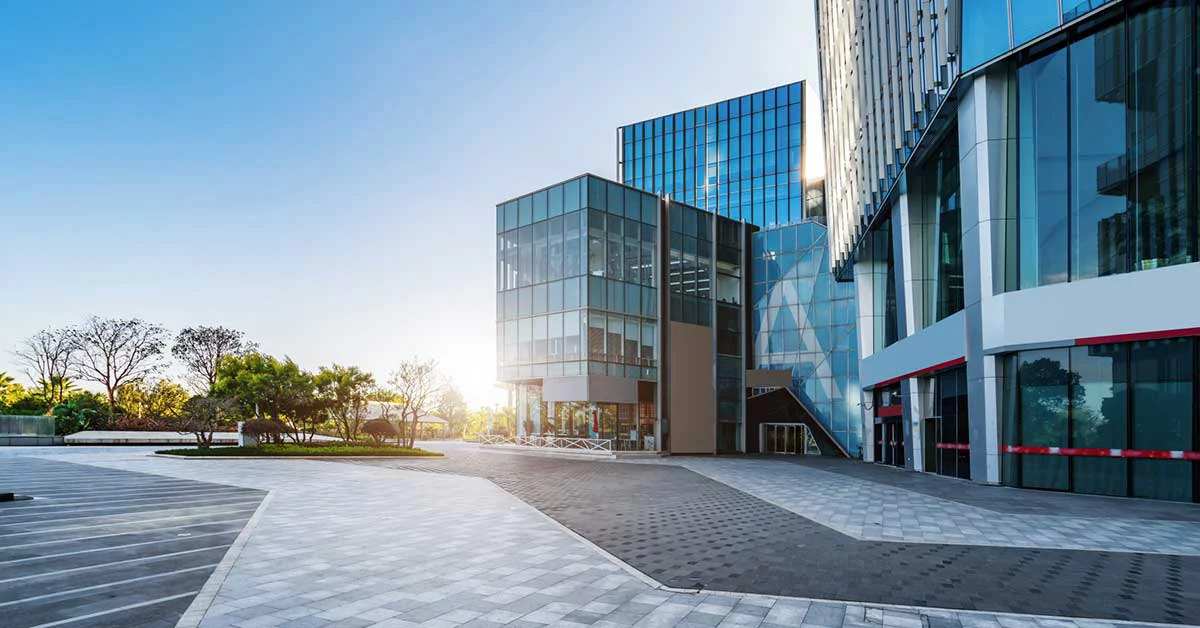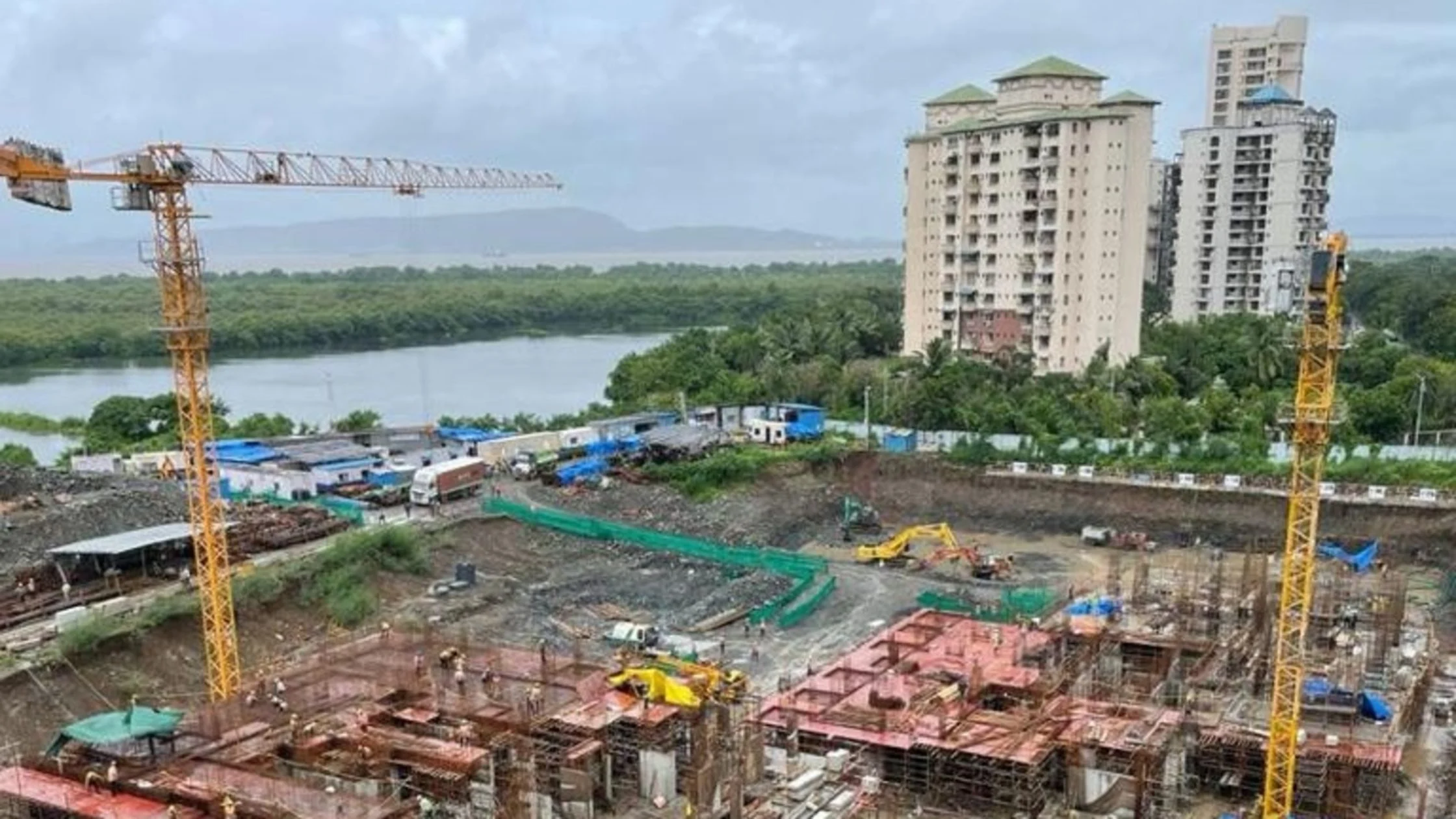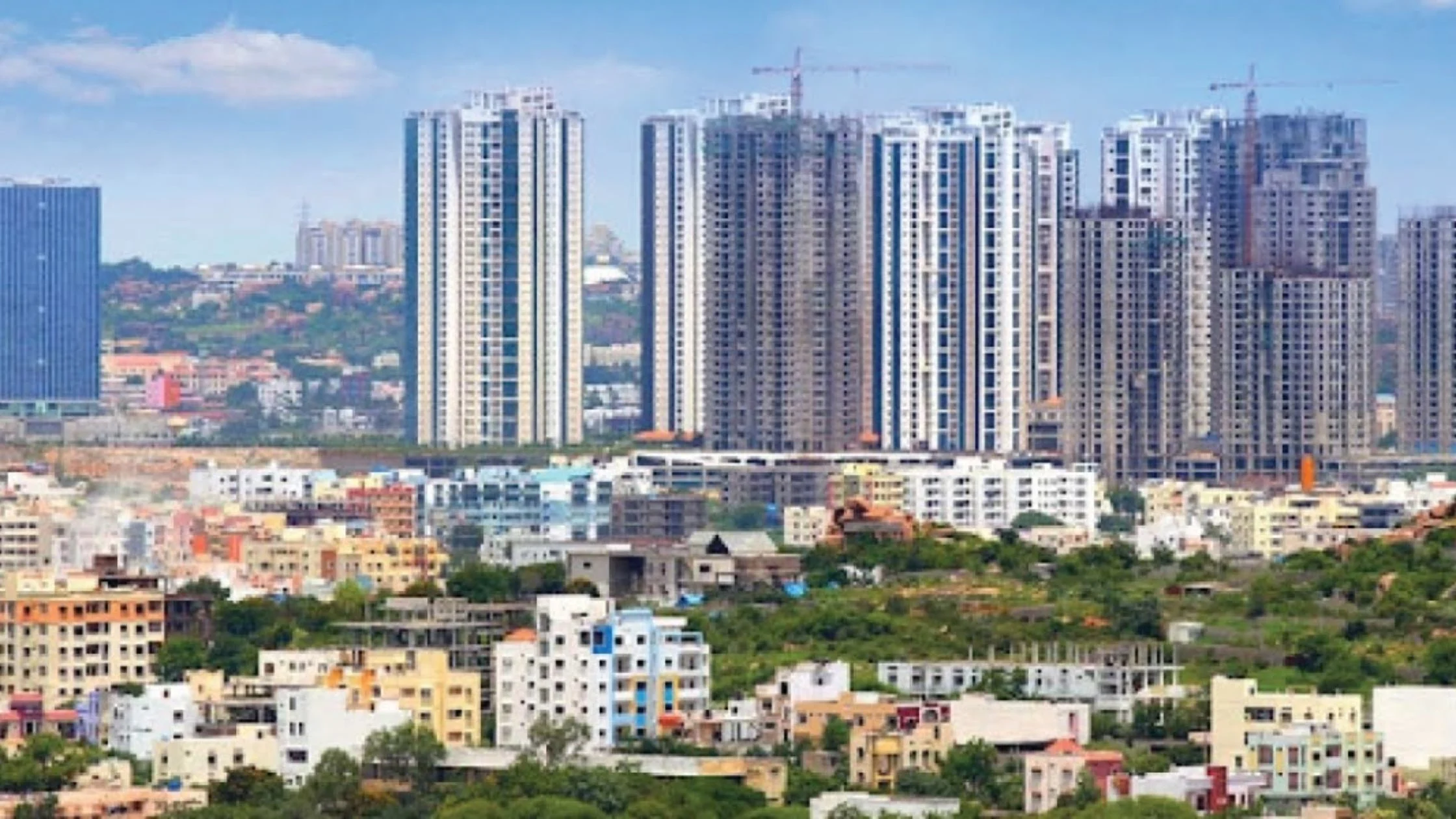Table of Content
Water dampness in wall is a common problem that affects many homes, especially during the rainy season. It occurs when moisture seeps into the walls, ceilings, or roofs, leading to structural damage, peeling paint, mould growth, and even health issues. Identifying and addressing wall dampness early is crucial to maintaining the integrity of your home and ensuring a safe, comfortable living environment.
This article explores the causes, types, prevention, and solutions for water dampness in wall, along with some trusted brand solutions that can help protect your home.
What is Water Dampness in Wall?
Water dampness in wall refers to the unwanted presence of moisture in the walls or ceilings of a building. This moisture can come from various sources, including external weather conditions, plumbing leaks, and construction-related defects.
Over time, this moisture can:
- Weaken the structural integrity of walls
- Cause peeling paint and wallpaper
- Encourage mould and fungus growth
- Reduce the aesthetic appeal of your home
Effective waterproofing and repair solutions are essential to tackle wall dampness and prevent long-term damage.
Also Read: How Water Seepage Ruins the Structural Stability of Your Home
Signs and Symptoms of Wall Dampness
Detecting water dampness in wall early can save you from costly repairs. Common signs include:
- Discolouration: Yellow or brown patches on walls and ceilings
- Peeling paint or wallpaper: Moisture breaks down adhesives
- Mould growth: Often accompanied by a musty smell
- Efflorescence: White, powdery deposits of salts left behind by evaporating water
- Soft or damp walls: Walls feel cold or damp, and produce a dull sound when tapped
Types of Wall Dampness
a) Penetrating Dampness
Cause: Rainwater or external water seeps through cracks, broken bricks, damaged gutters, or window and door frames.
Effects: Localised damp patches, peeling paint, and structural wear.
Solutions: Repair gutters and roof tiles, patch cracks, fix leaking pipes, and seal porous bricks with water-repellent materials.
b) Rising Dampness
Cause: Groundwater rises through walls due to faulty or absent damp-proof courses/membranes.
Effects: Wet patches near the skirting, weakened plaster, and persistent dampness.
Solutions: Install or repair a damp-proof course, add waterproof membranes, and lower soil levels around walls if necessary.
c) Condensation Dampness
Cause: Warm, humid air comes into contact with cold surfaces, resulting in water condensation. Poor ventilation, cold surfaces, and inadequate heating contribute.
Effects: Mould growth, persistent damp walls.
Solutions: Improve ventilation, use dehumidifiers, maintain indoor temperature, and wipe affected areas.
Common Causes of Water Dampness in Wall
- External Causes: Rainwater penetration through roof/wall cracks, clogged gutters, poor drainage
- Internal Causes: Plumbing leaks, condensation in kitchens and bathrooms, rising damp
- Construction-related Causes: Low-quality materials, lack of waterproofing, defective plaster or window frames
Assessing the Extent of Dampness
To choose the right solution, first assess the problem:
- Visual Inspection: Look for peeling paint, patches, or efflorescence
- Physical Check: Feel walls for dampness; tap for dull sound
- Moisture Meter: Provides accurate readings of moisture content
- Odours and Condensation: Musty smells or condensation on windows indicate underlying moisture
Prevention Measures
Preventing water dampness in wall is always better than repairing it later:
- Proper Ventilation: Use fans, exhausts, and air vents in moisture-prone areas
- Regular Maintenance: Clean gutters, repair wall cracks and damaged tiles
- Damp-Proof Membranes: Install during construction or renovation
- Adequate Drainage: Ensure water is directed away from the foundation
- Seal Cracks: Fill wall cracks with appropriate fillers before the monsoon
Solutions for Existing Dampness
- Waterproofing Treatments: Use sealants, waterproof coatings, and membranes
- Plumbing Repairs: Fix leaks inside walls immediately
- Roof & Ceiling Repairs: Patch leaks and cracks to prevent further seepage
- Replastering & Repainting: Restore walls after moisture removal
- Dehumidifiers & Ventilation: Reduce indoor humidity
- Professional Methods: Guniting (spraying concrete mixture) or Pressure Grouting (filling cracks)
Also Read: Top 9 Best Wall Putty Brands in India for Perfect Walls in 2025
Recommended Brands & Products
To tackle water dampness in wall effectively, consider trusted waterproofing products from established brands:
Dr. Fixit
- Products: Roofseal Classic, Roofseal Waterproofing Solution
- Benefits: Trusted brand for walls, roofs, and terraces; DIY-friendly options for homeowners
- Use Case: Ideal for roof leaks, terrace waterproofing, and structural wall dampness
Asian Paints SmartCare
- Products: Damp Proof Membrane, Damp Proof White Coating
- Benefits: Interior/exterior solutions, 10-year warranty, high performance in moisture-prone areas
- Use Case: Protects walls from seepage, prevents efflorescence, and maintains aesthetics
Tips: Combine these products with proper repair of leaks, drainage improvements, and ventilation for the best results. A product alone cannot solve wall dampness unless the underlying cause is fixed.
Conclusion
Water dampness in wall is more than just a cosmetic issue; it can compromise your home’s structure and health. Early detection, preventive maintenance, proper ventilation, and using trusted waterproofing products like Dr. Fixit and Asian Paints SmartCare can protect your home for years to come.
By understanding the causes, identifying the type of dampness, and applying the right solutions, you can maintain dry, healthy walls and a safer, more comfortable living environment.












Ans 1. Water dampness in walls can be caused by rainwater seepage, plumbing leaks, rising groundwater, condensation, poor ventilation, or construction defects like low-quality materials or lack of waterproofing.
Ans 2. Common signs include yellow or brown patches, peeling paint, mould growth, white powdery deposits (efflorescence), soft or damp walls, and a musty smell.
Ans 3. Penetrating Dampness: Water entering through roof or wall cracks. Rising Dampness: Groundwater rising through walls. Condensation Dampness: Moisture from humid air condensing on cold surfaces.
Ans 4. Prevention measures include proper ventilation, regular maintenance of gutters and roofs, installing damp-proof membranes, sealing cracks, and ensuring proper drainage around the property.
Ans 5. Solutions include waterproofing treatments (sealants, membranes), plumbing repairs, roof and ceiling repairs, replastering and repainting, dehumidifiers, and professional methods like guniting or pressure grouting.
Ans 6. Trusted brands include Dr. Fixit (Roofseal Classic, Roofseal Waterproofing Solution) and Asian Paints SmartCare (Damp Proof Membrane, Damp Proof White Coating), suitable for both interior and exterior walls.
Ans 7. Yes, prolonged dampness can weaken walls, cause structural damage, and lead to mould growth, which may trigger respiratory problems and allergies.
Ans 8. No, waterproofing is effective only if underlying issues like leaks, poor drainage, or ventilation problems are fixed. Combining repair, prevention, and trusted waterproofing products gives the best results.